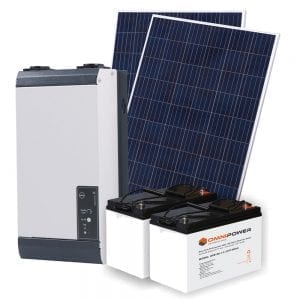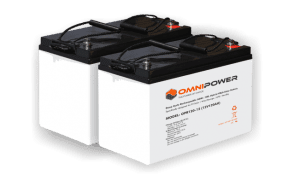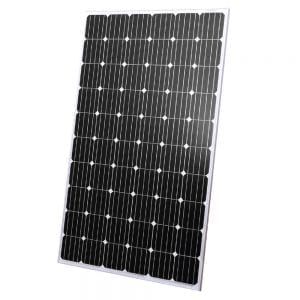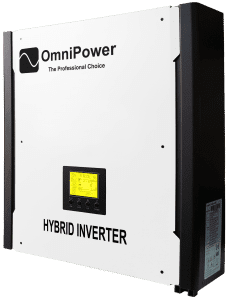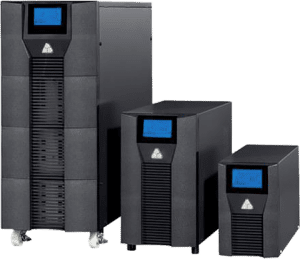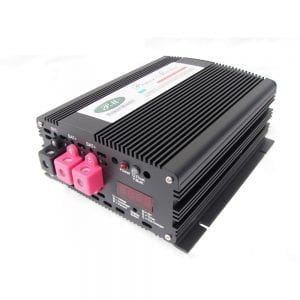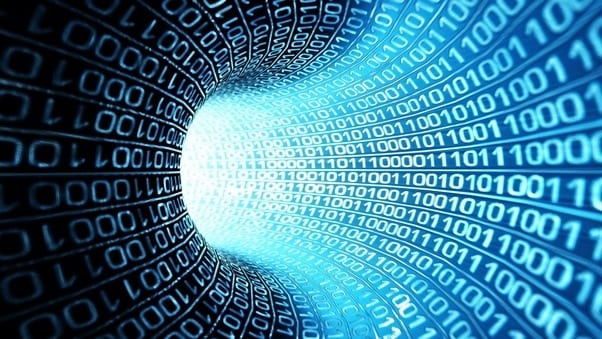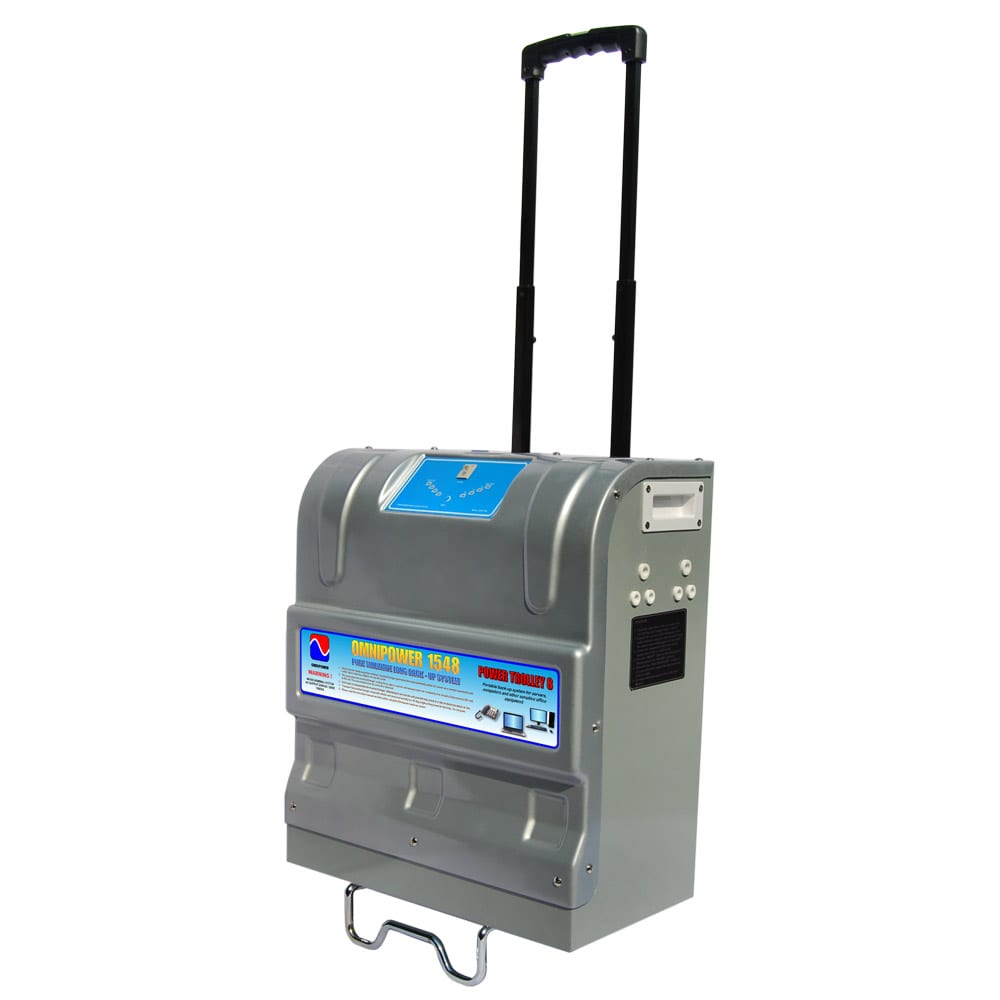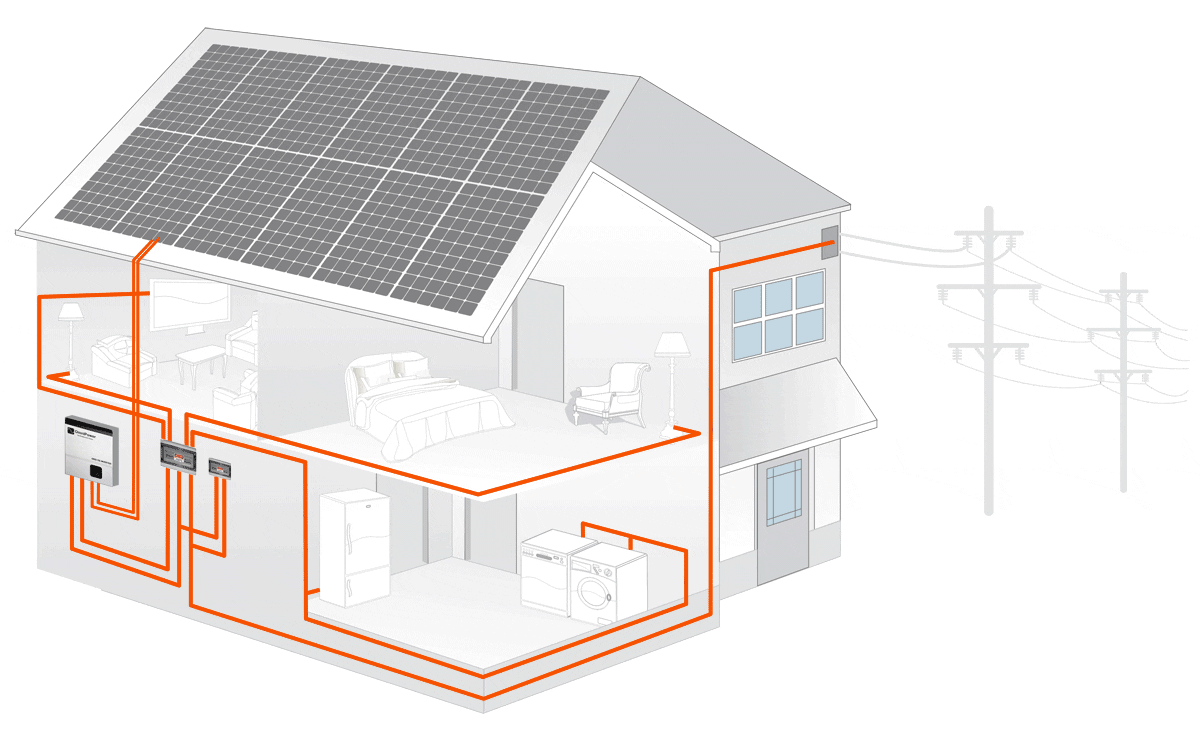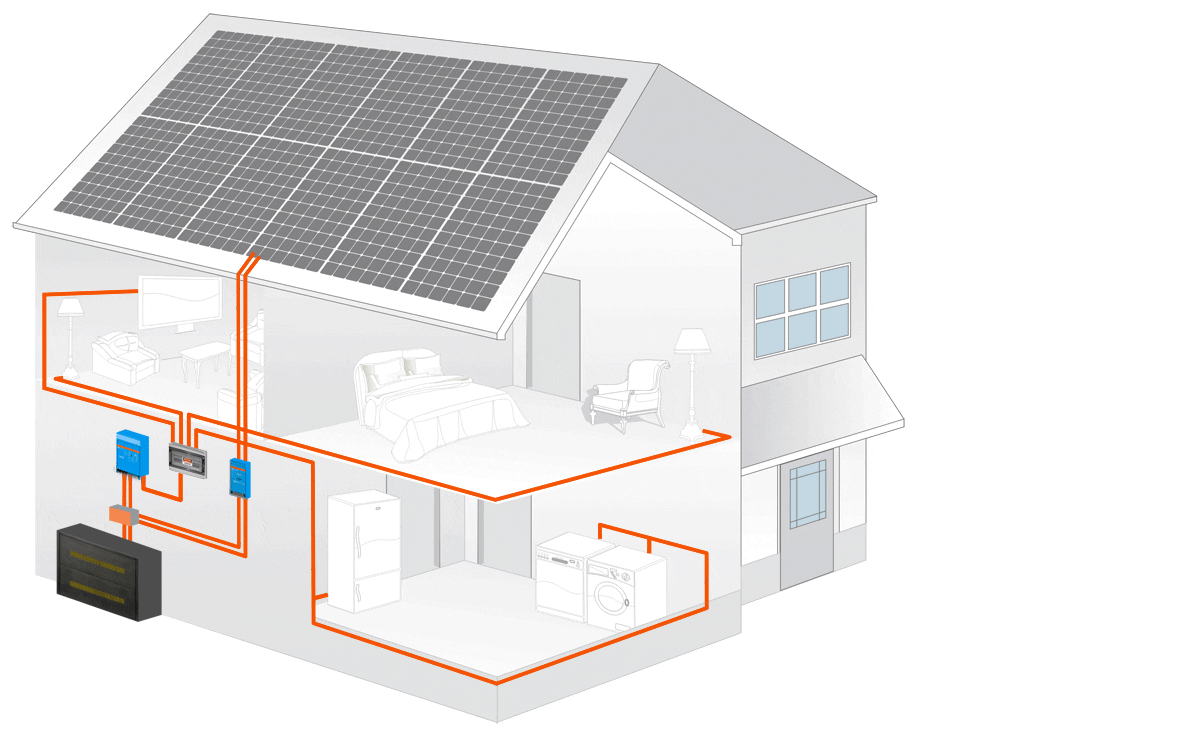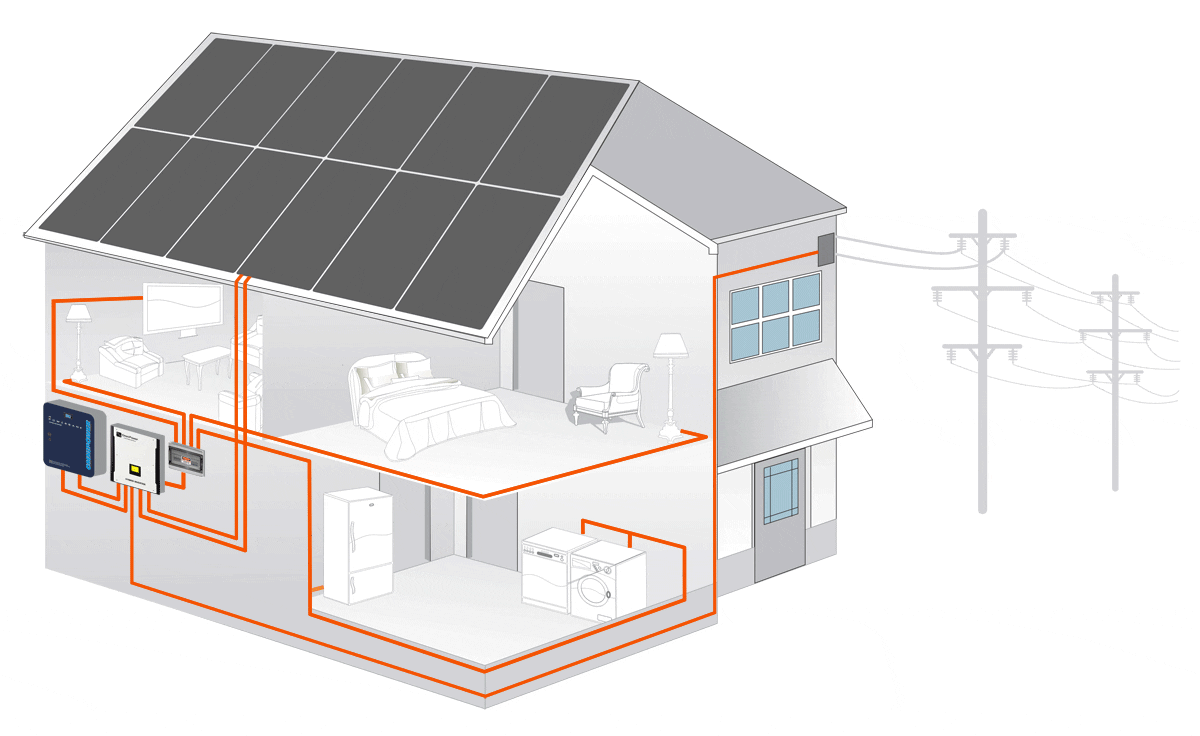We all must be acutely aware that Eskom is a shadow of it’s former self, having once been an icon for energy utilities, in the world, it is now almost unrecoverable. There are people smarter than I who have opinions on how Eskom can survive and some of them seem like good possibilities, it just remains to be seen if national government runs the show or the unions do.
One has to be sensitive to the unions demands though, as the majority of the workers have worked hard in difficult conditions over the past year and it is patently unfair that they should suffer the financial impact of the previous regimes blatant corruption. That said, when you are already R350-billion in debt, as Eskom are, it is not sustainable from a business perspective to be giving staff increases at all, and certainly not 9% which exceeds CPI. This is really Hobsons choice for Eskom as if they capitulate and accede to the unions demands, the death spiral they are in, will surely accelerate. Conversely, if they stand their ground, rolling mass-action is a very real possibility and load-shedding in an order of magnitude not yet seen, will prevail.
Lets take a closer look at the latter problem, which is problem 1- Continuity of Supply of electricity. Many things can cause a hiatus of the grid from excessive load demand, equipment failures, cable theft, weather events, strike action, coal shortages all the way to sabotage. The reality is that whilst “load-shedding” is top-of-mind for many South Africans, we have seen very little load shedding of late, simply because Eskom generally have excess electricity supply.
This in itself may sound comforting, however, the over-supply is due to the exit of many large users- smelters, mines etc. over the last decade. This is part of what ails our economy and has contributed to the steep increase in unemployment and commensurately, an increase in crime. One of the primary reasons for the exit of these industries is the high cost of production which is problem 2 – Electricity Tariff . Add to this, unreliable electricity supply and the impact that has on an aluminium smelter for example, and it is clear to see that here are other geographies much more appealing to operate in for these companies.
It is also a fact that since 2009, electricity production by Eskom has actually dropped by 9%, however the cost has increased by 210% in that period for domestic users and looks set to increase by between 15% to 25% per annum going forward. Predictions show that by the year 2020, only 2 years away, we will be paying as much as R3,73 per kWh, more than double the current rate of R1,80 per kWh beyond first 600kWh used. Current rumours suggest a 16% increase this year and a staggering 31% next year.
A big portion of this increase is through the Regulatory Clearing Account (RCA) which permits Eskom via NERSA to clawback any losses due to reduced sales or increased costs – wish I could get that in my business. “How about we approve a budget but if we don’t make it, we just make our customers pay it anyway”. The RCA number of R66,6 billion was approved by NERSA and will mercifully only be implemented over a number of years.
The chart below sketches where we are going in terms of electricity tariffs.
Thus we only have two problems, reliability of supply and exorbitant prices, please forgive my euphemizing of the situation but sometimes you just have to bury your head in the coal…sorry, sand.
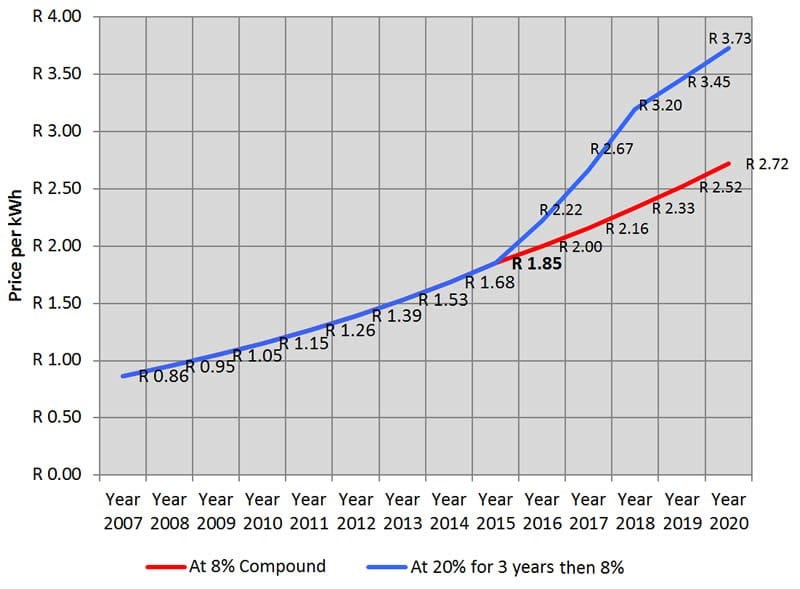
Having sketched a rather bleak picture, I have to pay tribute to the new management team at Eskom who must be some of the most courageous and dedicated South Africans and who are certainly not doing this for the money. Hats off to them for taking, in rugby parlance, the hospital pass. If this team can’t succeed then I doubt anyone can but they will have to make some very tough decisions as far as personnel goes. But that is not the heart of the problem as staffing costs only make up 10% of Eskom’s annual expenditure. The largest slice of expenditure, 75%, is in procurement and plant infrastructure, thus, that is where the significant savings can be made.
The question our “dream team” have to be asking is, “what, as Eskom, is our business?” Electricity Supply Commission, with the emphasis on “supply”. Modern business models are premised on focusing on components of the value chain that you do best or are the most profitable, other bits of the value chain can be fulfilled by partners who focus on excellence and scales of economy better than you can.
A parallel could be drawn between S.A. Breweries owner/driver program implemented in the 90’s which saw their existing drivers becoming owners of the trucks over time, thus reducing SAB’s burden of operating fleets of trucks and empowered their loyal employees to participate in the value chain as business partners.
This kind of thinking is the direction that Eskom need to be moving in to optimize their value chain without compromising their work-force.
When there is a power outage whether at home or work you will wish that you had planned some form of instantaneous back-up to see you through the few hours, average outage in S.A. is 4.3 hours, to keep the critical items going. What is critical to an office worker will be different to someone who works on a factory floor thus from a work perspective, you will have to decide what is important and then establish the “load” or electricity demand those important devices add up to.
Similarly, at home keeping an LED lamp, TV, decoder, PC and a router going for 4 hours may be adequate for some households but for others there could be other requirements. Obviously the greater the total load is and the length of time you require back-up for, will determine the price.
A basic back-up system is comprised of three primary components, an inverter, charge controller and batteries. The system is charged by the electricity grid and normally is constantly connected in-line awaiting a failure by the grid at which point the inverter will detect this and direct energy from the batteries to the connected devices. These systems can be small self-contained, portable systems such as the Omnipower Power Caddy or OmniPower Power Trolley or a larger integrated system with separate inverter and batteries.
The beauty of an inverter system is that they typically provide almost instantaneous back-up, roughly 25 milliseconds to switch from mains to battery, meaning it is seamless to you and very importantly, your DSTV decoder will not even have to reboot as it does not detect the switch-over. Sinetech offer various kits complete with all the components on the webstore which can purchased online or via our dealer network.
This offers a high-level view of how back-up systems work to mitigate power outages, which one can be sure we will encounter on an ongoing basis. Generators are another alternative to providing back-up power, however they are expensive to fuel and maintain with the added detraction of noise and fumes.
The second problem we need to address is the Pricing Tariffs of electricity supplied by Eskom or the municipality. As high-lighted earlier, we can be sure of some substantial increases in the coming years and we should all be looking at ways to reduce our usage through use of LED lights, solar geysers and a higher consciousness of not wasting energy.
There is however only so much one can save by using these efficiencies and thus we need to look at alternative ways of generating power such as solar power. South Africa has one of the best irradiance factors on the planet and it makes sense that we should use this sunlight to power our buildings and homes as much as possible, as long as it is affordable.
Previously, photovoltaic solar or PV Solar was quite expensive and thus not widely adopted other than in environments where no grid existed. In the last three years alone, PV solar has decreased in price by over 50% as adoption increases, rather like computer technology. Similarly, the performance of solar panels has improved substantially in the last period as more research and development dollars are invested in advancing the technology.
A solar installation is comprised of two major components which is the solar panels and an inverter, which converts the DC electricity delivered by the solar panels into AC power. There are two distinct types of solar installations, namely Grid-Tied or Off-Grid. Grid-tie solar as the name suggests is where the electricity grid exists and the inverter is connected to the grid and matches the frequency of electricity delivered by the grid into your premises. Off-grid is where no grid exists or the customer has elected to have a completely separate system using only solar panels an off-grid inverter and a battery bank to provide power during hours of darkness.
A Grid-tie system (example below) is the most commonly used system and is used for generally for one purpose, to reduce usage of the electricity grid during day-time hours. The obvious benefit of this is lower electricity bills but there is also a benefit in terms of reducing carbon footprint which in the coming years will also translate into money as carbon taxes are intensified. It is also possible to generate income in the form of credits in certain municipalities from doing “grid feed-in” where excess energy generated by your solar plant can be fed into the electricity grid and be credited to your account. Where this is not permitted, “grid-limiting” is usually invoked within the inverter so as to make sure that current is not fed into the grid illegally.
Off-grid systems (example below) use a different kind of inverter and usually have an associated charger and batteries to store energy. These types of systems are typically used in rural areas where there is no grid access and are particularly popular for farms, game lodges, clinics, schools and other premises that depend on electricity in remote areas.
There is a third alternative and that is the Grid-Interactive or Hybrid system (example below) which combines both Grid-tie and Off-grid operation, historically, this was achieved using two separate inverters.
The advantage of the Grid-Interactive is electricity savings plus back-up facilities with two sources to charge the batteries, both solar and grid power. The disadvantage is the cost of installing two inverters thus Hybrid Inverters were introduced to facilitate both systems in one inverter. This also allows scalability of your investment whereby you can phase-in either back-up first followed by grid-tie or the reverse. This will reduce the cost of the initial phase by obviating either the solar-panel component or the battery component.
As can be seen, there are numerous ways to solve our two big problems of grid reliability and tariffs but is it worth it? From a reliability perspective one has to assess the inconvenience or in the case of a business, the lost revenue and productivity caused by power outages which can be directly quantified. Many businesses rely on generators to provide continuity of power and certainly there is a place for diesel or petrol generators even Eskom use mega-litres of diesel per annum running generators. Therein lies the problem, with the ever-increasing cost of fuel, generators can be expensive to run over long periods. Many installations now use a combination of generator power coupled with battery stored power to provide back-up. Batteries, like solar panels are reducing in cost and physical size making them more attractive than generators alone.
The tariff issue turns on “grid-parity” the point at which solar energy is equal to the cost of grid energy. We are way past that point where solar is substantially less expensive than grid-power once you move into the second tier of tariffs.
By way of example in a recent proposal to a small manufacturing enterprise for 30kWp Grid-tie system, roughly 100 solar panels, the capital outlay was approximately R450,000 with a payback period of 3 years and 7 months and savings of R13-million over the 25 year life of the system. The savings are based on the conservative assumption that from year 1 to 5 Eskom increase by 15% p.a., year 6 to 15 by 12%p.a. and the remaining 10 years by only 8%. I am sure you will agree that this is conservative, however for the purposes of this projection, we look at best case scenario.
The payback is assisted by application of Section 12B of the Income Tax act which permits the depreciation of 100% of expenditure on renewable energy assets in year 1 for commercial enterprises. Alternately, Sinetech offer a rental scheme for businesses minimizing cashflow impact, reflects off balance-sheet and minimizes technology risk as a refresh is permitted after five-years.
Solar and standby power is set to become as commonplace as other technologies such as fibre-to-the- home, cable TV and other contemporary technologies. Ironically, all technologies depend on electricity and yet conventional electricity is becoming unaffordable and is not as reliable as we would like. Similarly, many South Africans still do not have electricity in their dwellings which can be solved quickly and comparatively inexpensively using solar power.

